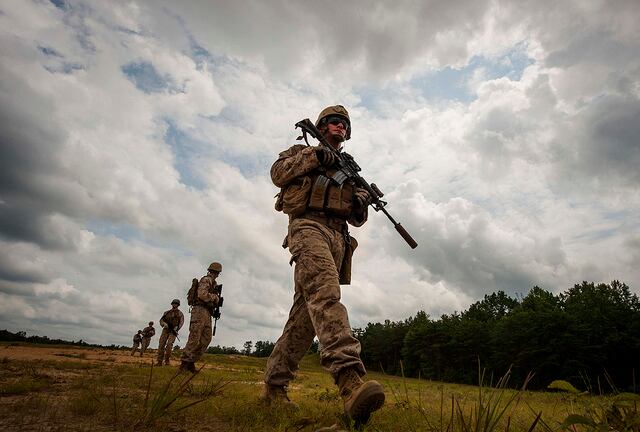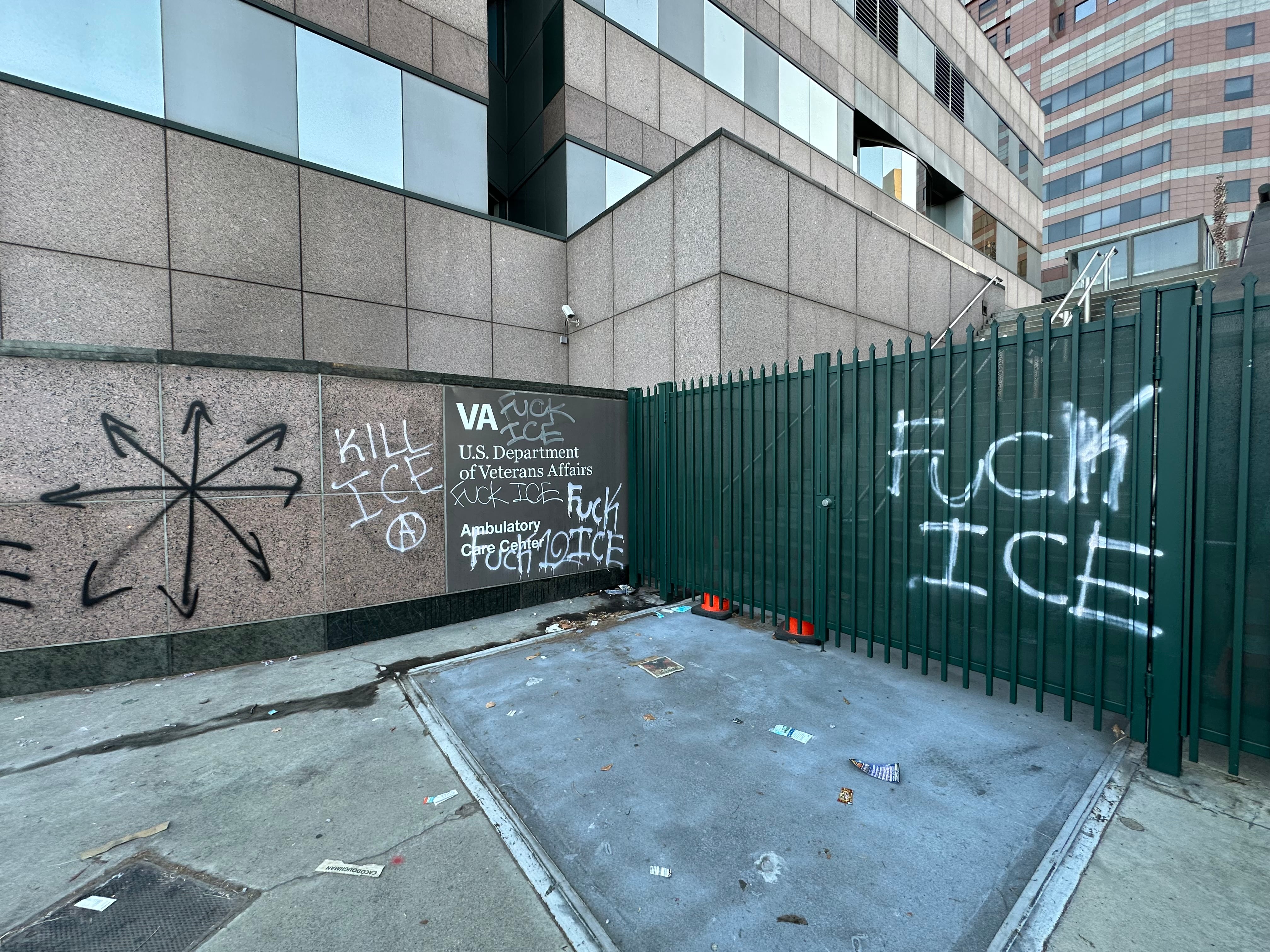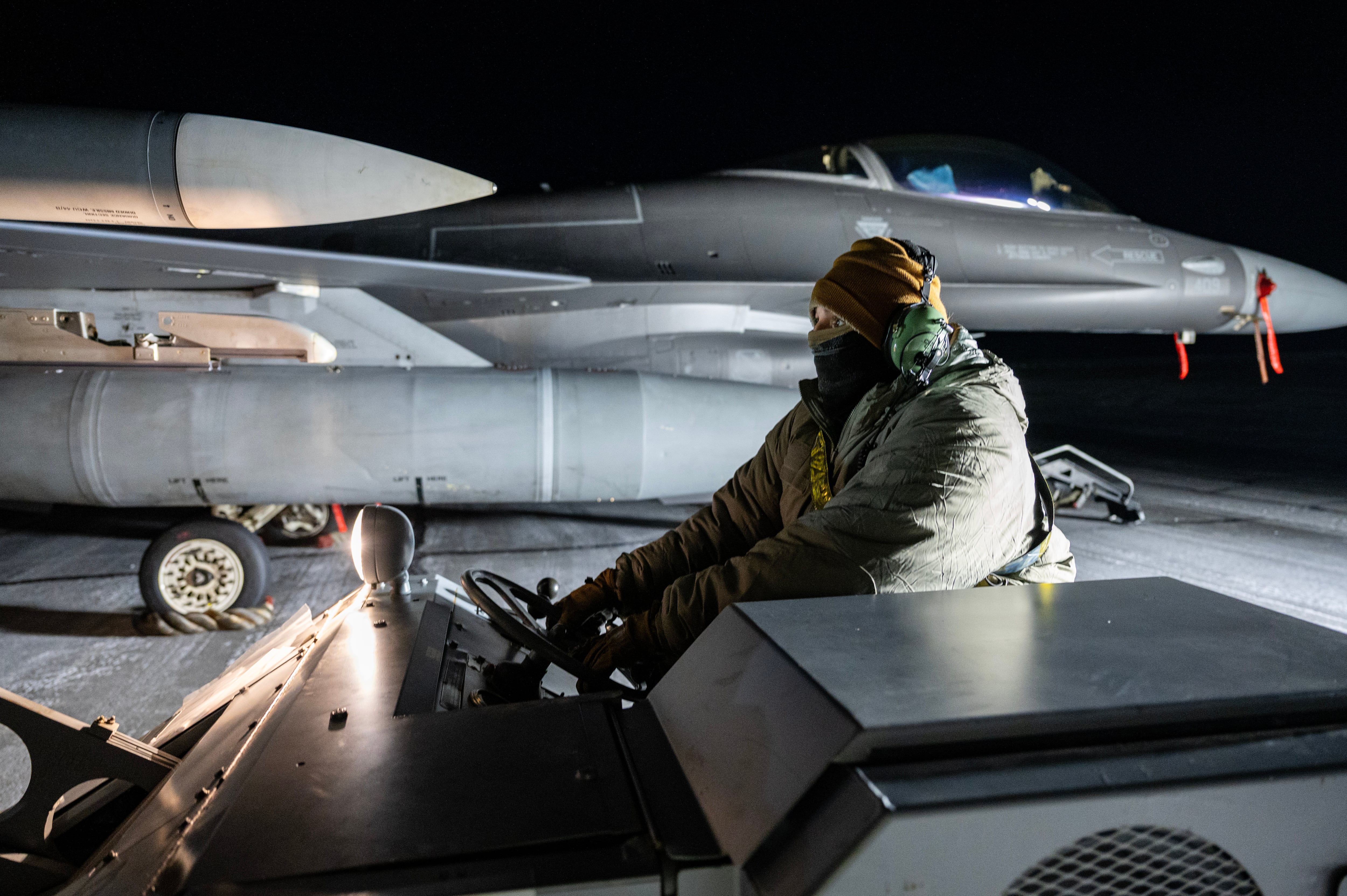Both the Army and Marine Corps have, in recent years, been on the hunt for a suppressor that doesn’t just attach to the end of the rifle but is fully built into it.
Companies such as Gemtech and Heckler & Koch have already built such devices, which could see application in either service as both look to suppressors to improve communication, reduce hearing loss and provide another tool for dismounted troop tactics.
Marine Corps leaders at the service’s annual Modern Day Marine Military Exposition last fall specifically called out to industry to create an integrated suppressor.

Both regular Army and Special Operations Command programs have sought a Suppressed Upper Receiver Group, also known as the SURG program, which has been opened, halted and restarted at various stages.
Alexander Crown, a former Army paratrooper who now works for Gemtech, told Military Times at this year’s Shooting, Hunting and Outdoor Trade show in Las Vegas that there are benefits and drawbacks to simply using suppressors and specifically to integrated suppressors with infantry tactics and movement.
When a shooter adds a 5- to 7-inch suppressor to an M4, he or she has automatically negated the size advantage of an M4 from its predecessor, the M16.
But by integrating the suppressor into the barrel and making it a part of the upper receiver group of the carbine or rifle, the overall length of the weapon doesn’t change, Crown said.
A longer weapon causes soldiers and Marines problems moving in and out of vehicles, through windows or doorways, moving the weapon around in a close-quarters setting.
And it also sticks out like a sore thumb.
Often snipers will use suppressors on their already long rifles. Those coupled together can be quickly identified by adversaries.
Long-running concerns for shooters who use suppressors include durability, maintenance and heat.
Suppressors can blow carbon back into the weapon, making rifle maintenance more difficult and require more cleaning.
Both integrated suppressors and the less expensive external suppressors can fire roughly 50,000 rounds before they need replacing, Crown said.
Both integrated and external suppressors get hot. But integrated ones are often protected by forward hand grips running along the barrel, which takes away burn problems when the integrated suppressors heat up.
Todd South has written about crime, courts, government and the military for multiple publications since 2004 and was named a 2014 Pulitzer finalist for a co-written project on witness intimidation. Todd is a Marine veteran of the Iraq War.





